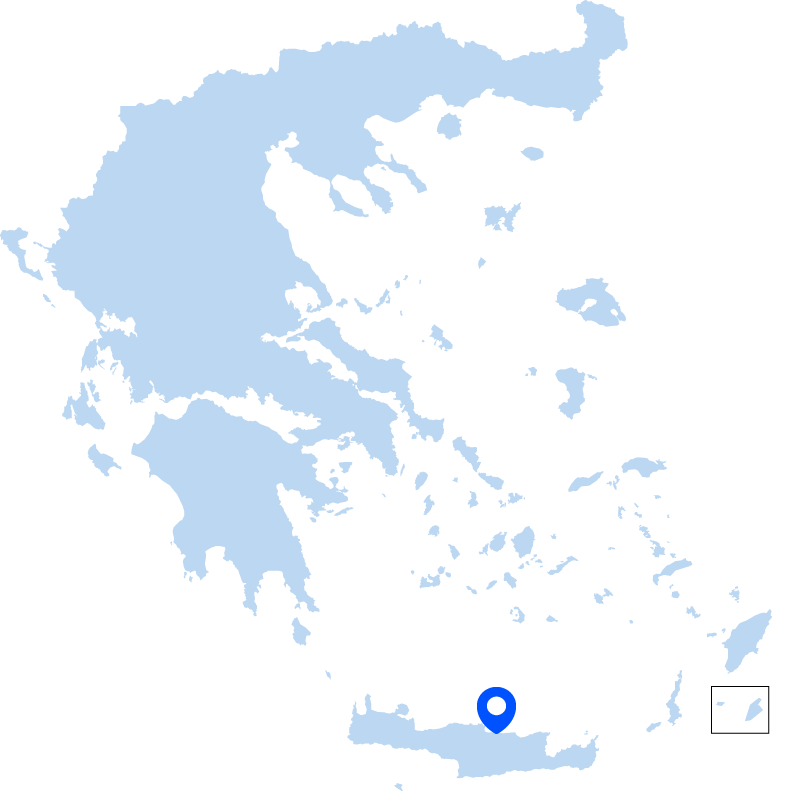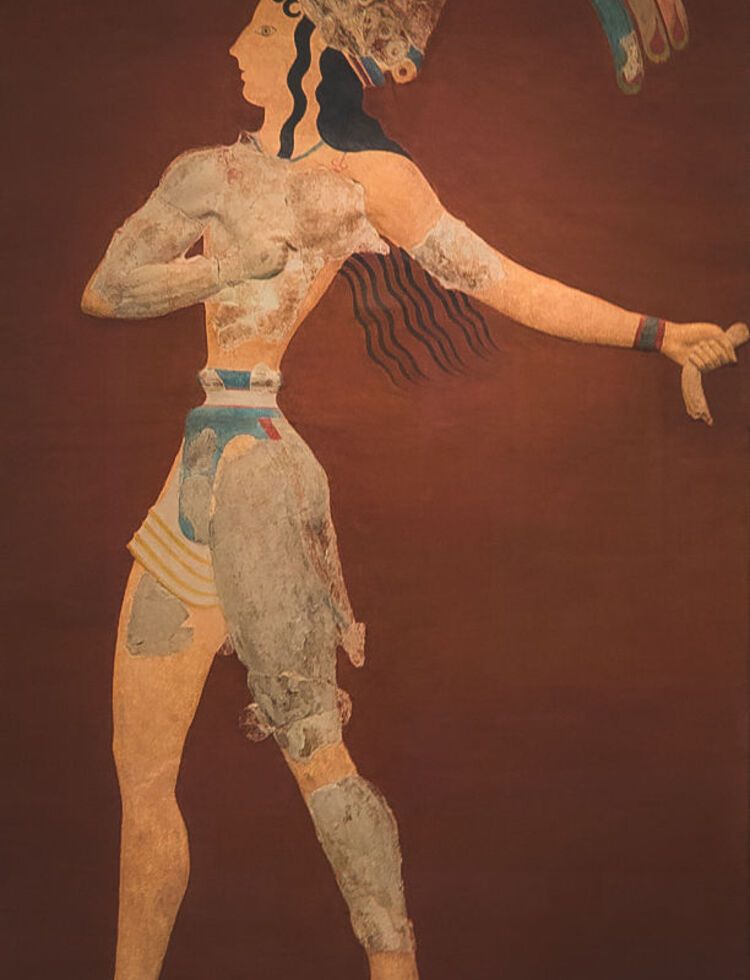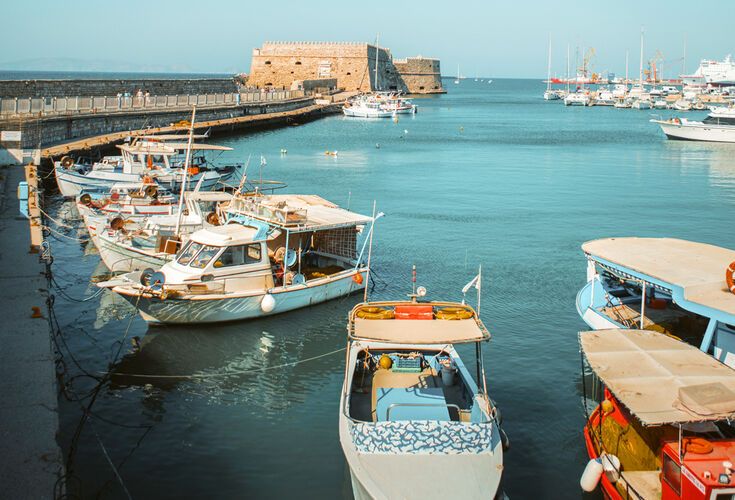The Archaeological Museum of Heraklion
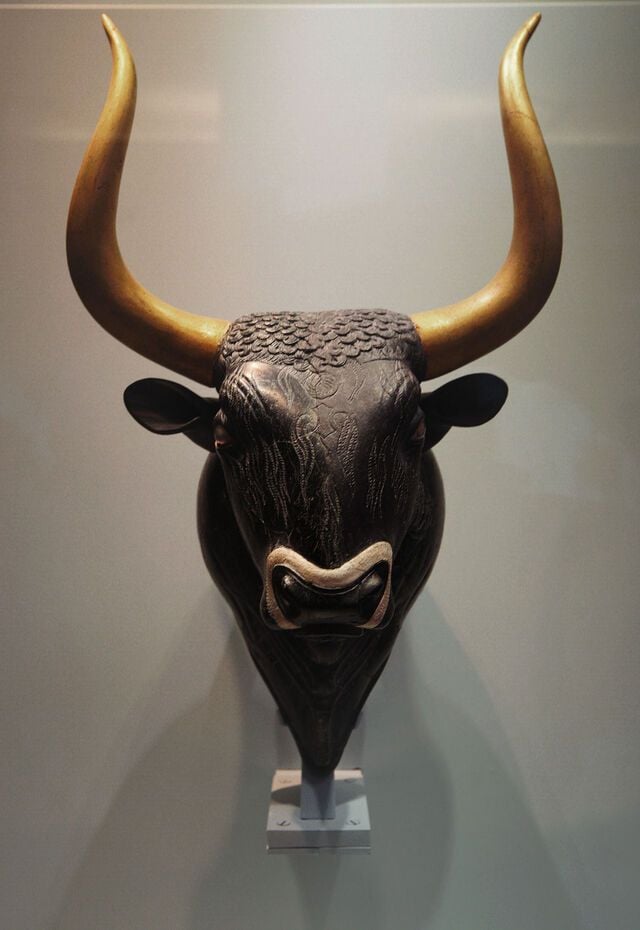
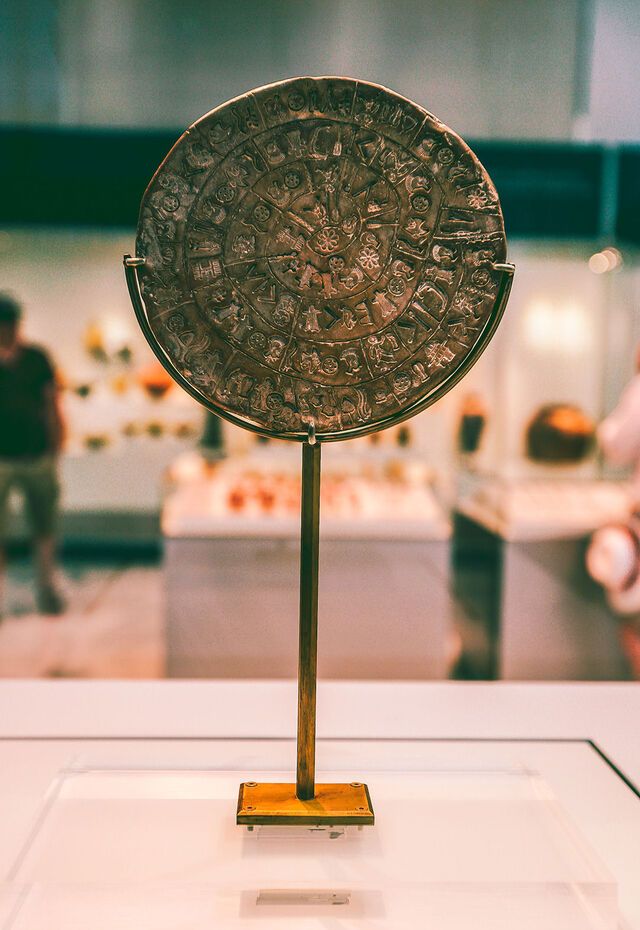
OVERVIEW
A tour of the Archaeological Museum of Heraklion
You can’t fully understand Crete if you haven’t visited the Archaeological Museum of Heraklion. It’s as simple as that. Housing antiquities covering 5,500 years of history, from Neolithic to Roman times, it most famously includes many of the treasured objects of Europe’s oldest civilisation: the bull-leaping, snake-holding, literacy-busting Minoans.
Recently renovated, it is one of the most important museums in Greece, with displays from archaeological sites from all over Crete – Phaistos, Malia and Zakros among them. And, of course, the best-known settlement of the Minoan civilisation, Knossos Palace, just 13km up the road. Set over two floors and 27 galleries, you’ll piece together a unique cultural heritage.
Read also: Exploring the Minoan palace of Knossos
From the ground-floor galleries highlighting the rise of the ruling classes and the consolidation of palatial power and hierarchy in Minoan times, you head up to the famous Knossos frescoes, as well as the rooms of the Historic Period – from 1000 BC, when the first Cretan city-states were created. The displays here include sculptures, coins and inscriptions from sanctuaries from Classical to Roman Crete (300 AD).
Returning to the ground floor, the display ends with two rooms dedicated to a collection of sculptures that are amongst the oldest in Greece, from the 7th century BC to the 3rd century AD. A series of portraits of Roman emperors indicate the island's importance during Roman times.
DON'T MISS
Highlights of the Archaeological Museum of Heraklion
Linear B tablets
Admire the ground-breaking syllabic Linear B script, used for writing during Mycenaean times and unearthed in the Palace of Knossos. The script predates the Greek alphabet by several centuries and is descended from Linear A, the original Minoan script.
Phaistos Disc
Found at the Palace of Phaistos, this extraordinary disc continues to baffle paleographists. The 7th-century BC script is yet to be deciphered but that won’t stop you marvelling at its intricacy.
Snake Goddess figurines
From around 1600BC, the figures of Goddess of the Snakes aren’t just intriguing because of the symbolism of the snakes they hold in each hand, but the intricacy of their clothes also gives an insight into Minoan fashion.
The Bull's Head rhyton
Also from the Palace of Knossos is the Bull’s Head rhtyon (or drinking vessel). Carved from black steatite, it’s an outstanding example of Minoan artistry, with eyes of rock-crystal and jasper, a muzzle inlaid with mother-of-pearl and horns (now restored) of gilded wood.
The Bull-Leaper’s fresco
An iconic image from the Palace of Knossos, from around 1550 BC, representing the keenly contested sport of bull-leaping, which probably had religious significance and involved both men and women.
The Hagia Triada sarcophagus
A sarcophagus from the grave of a priest, whose plaster covering and artwork decoration gives us an insight into funerary customs during Mycenaean times.
Kamares Vessels
These beautifully decorated clay vessels, named after the town near the caves in which they were found, demonstrate the skill of Minoan artistry. Dating from 2000- 1700 BC, the Kamares Vessels have vibrant colours and intricate designs and were are often decorated with flowers sprouting from the body.
GET PLANNING
How do you get to the Archaeological Museum of Heraklion?
Located in the town centre (Xanthoudidou & Hatzidaki Sts), the museum can be reached in various ways:
-
From the airport
By car or taxi: 3.8km
By bus: 12, 31, 06, 08 (15 mins) -
From Heraklion Port
By taxi, car or on foot: 1.3km
By bus: 1, 2, 3, 4, 6, 7, 8, 10, 11, 12, 31 (5-11mins) - Eleftherias Square stop. -
From Chania
By car or coach (KTEL): 142km
-
From Rethymnon
By car or coach (KTEL): 82km
When is the best time to visit Heraklion?
The museum is open all year round (except public holidays) and can get busy during the summer months. So we recommend visiting at quieter times of the year (May June & Sept Oct). Opening hours vary according to season and day of week, so we recommend checking first.
Opening hours: Archaeological Museum of Herakleion
If you do visit in July-August, do so in the morning or afternoon.
- Autumn
- Spring
- Summer
- Winter
How long do you need to visit the Archaeological Museum of Heraklion?
You can complete the museum in 2-3hrs, either on your own or as part of a guided tour.
How much are tickets for the Archaeological Museum of Heraklion?
Tickets are €12 (€6 reduced) without a guide. There are also some free admission days.
- More info: The Archaeological Museum of Herakleion
- There are facilities for visitors with disabilities.
- The museum has a gift shop and cafe.
- You can book a guide here: Cretan Guides
